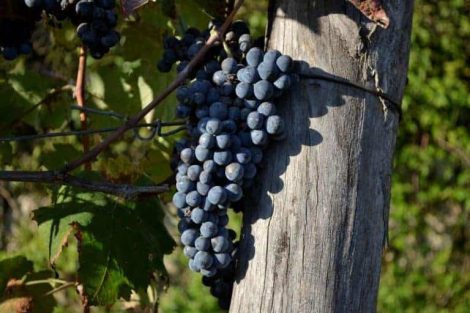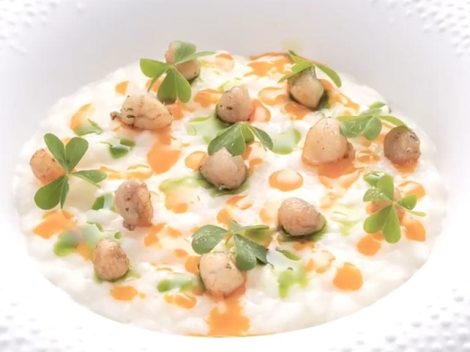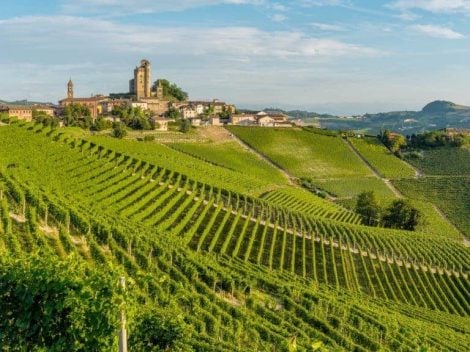Cerasuolo, obtained from the vinification of pure Montepulciano grapes with a short maceration, is, for us, the wine of the future. The material power of Montepulciano is harnessed in light wines that, in their best versions, lose nothing of the vigor of the grape, channeling it in the right direction. Obviously, we are talking about authentic versions, the most identitarian.
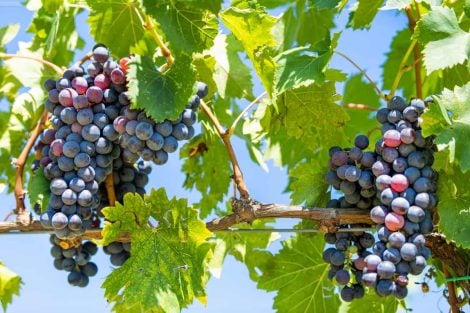
Speaking of identity, it is useless, and probably counterproductive, to denature Cerasuolo by diluting its color: a Cerasuolo should be "cerasuolo" in color; for pale rosés, onion skin-colored, in the Provencal style, there are other denominations, and not everyone must necessarily produce everything, just to complete the range and please the market. Furthermore, too often we have found ourselves in front of Cerasuolo that smell like candy stores: perhaps leaving Montepulciano a little more unrestrained, at least in this type, would be more welcome. The labels proposed below exhibit these characteristics. Some have been awarded Tre Bicchieri, the highest rating in the Gambero Rosso 2024 Vini d'Italia guide, while others have still made it to the finals with Due Bicchieri Rossi.
The best Cerasuolo d'Abruzzo with Tre Bicchieri and Due Bicchieri Rossi
Once again this year, we were captivated by the mineral charm of Giusi from Tenuta Terraviva: that vaguely pyric touch that combines with bursts of chinotto citrus, that smoky and iodized hint that reverberates in notes of currant and raspberry really won us over. The 22 hectares of vineyards of the estate are arranged in a sort of theater overlooking the nearby Adriatic Sea. We are in Tortoreto, on the Teramane hills. Here Pina Marano and her husband Pietro Topi, currently supported by the energetic Federica, their daughter, run the estate founded in the 1960s: since 2006, as soon as they took the helm, they first focused on organic and today on biodynamic, restyling their entire offer from a stylistic point of view with vinifications with gently artisanal traits.
An exciting version of Tauma this year is the Cerasuolo d'Abruzzo by Giuliano Pettinella, which we awarded as the best Rosé Wine of the Year. There's a beautiful artisanal touch in the olfactory profile, authentic and identity-driven, reminding us that we are dealing with Montepulciano: graphite, pepper, red cherry, currant, an almost toasted hint, and then a dynamic and rhythmic palate, juicy, fragrant, highly drinkable yet nuanced and complex.
Giuliano Pettinella, originally from Marche, was a lawyer before deciding to completely change his life, leave the bar, and return to Abruzzo, where his family had its roots. Thus, he identifies a small vineyard in Tocco di Casauria, at about 350 meters above sea level, at the foot of Monte Morrone, to which a small plot overlooking the sea in Silvi, in the province of Teramo, is added. In both, the only cultivated grape is Montepulciano, which is transformed into two labels that we had drunk several times but had never tasted for our Guide.
In the Cerasuolo Villa Gemma by Masciarelli, the protagonists of the olfactory spectrum are sensations of currant and pomegranate. They merge with floral nuances of rose and a slightly spicy touch before plunging into a clear, precise sip with good tension. The company has made the history of Abruzzo viticulture and, since 1981, continues to be a reference point, thanks to the expert management of Marina Cvetic, supported today also by her daughter Miriam.
The viticultural park of the cellar extends over the four Abruzzo provinces: from the territories near the Adriatic, to the slopes of Gran Sasso. The style of the house is evolving towards a more contemporary breath, especially regarding the grand selections.
The '21 Cerasuolo of Amorotti offers hazelnut, currant, and watermelon scents that lead to a juicy palate with great energy. Gaetano Carboni leads this young reality in Loreto Aprutino, one of the noble capitals of Abruzzese wine.
About ten years ago, he decided to dedicate himself to wine production, reopening the doors of the Palazzo dei Baroni Amorotti, recovering its old cellar. The vineyard, divided into several plots, covers 16 hectares; fermentations occur spontaneously, and for aging, large wooden containers are preferred: the result is a small range that made us jump out of our seats this year.
The '22 Cerasuolo Baldovino of Tenuta I Fauri has a particular charm with smoky hints, currant, spices, and incense. In the mouth, it convinces with the usual tasty and juicy sip. The name of this company from Ari is increasingly on everyone's lips. The credit undoubtedly goes to Valentina and Luigi di Camillo; the former is increasingly active and vital in promoting wines signed by her brother. Montepulciano, Pecorino, Trebbiano, and Passerina, from plots scattered throughout various municipalities of Colline Teatine, are transformed into recognizable, lively wines with great expressiveness.
The '22 Fonte Cupa 2022 Cerasuolo by Camillo Montori just missed the laurel, but it was awarded for the best quality-price ratio in Abruzzo. The bouquet is very Mediterranean, salty, played on sensations of aromatic herbs that whip a crunchy and well-defined red fruit. Mineral and sapid are the two directions through which the sip develops, rhythmic with a subtle, stimulating, tannic texture.
The company from Controguerra can count on about fifty hectares of vineyards, among the historical brands of the Abruzzo wine world. Among the rows, there are the great classics of the region, Montepulciano and Trebbiano, accompanied by Pecorino and Passerina, but also by international grapes. The style finds the right compromise between tradition and a modern vision, a philosophy that materializes in the Fontecupa line, which collects the most ambitious labels.
Interesting is the '22 Cerasuolo Fosso Cancelli 2022 by Ciavolich, fragrant with wild fruits, with a good texture in the mouth. The Ciavolich family arrives from Bulgaria to Miglianico, on the Colline Teatine, around 1500; about 350 years later, they began to dedicate themselves to viticulture. It is therefore pointless to emphasize the long family tradition. What matters, in fact, is today: it is up to Chiara to lead the company, a reality with a vineyard divided into two main plots,24 hectares in Loreto Aprutino, with vines dating back to the 1960s, and six hectares in Pianella, with pergolas and canopies planted in 2000.
The Malandrino 2002 by Cataldi Madonna is an authentic Cerasuolo, pulpy without being sweet, characterized by notes of graphite and a finish on crunchy fruit. Another great performance is that of Piè delle Vigne. Ofena has always been the set for the vinicultural epic of the Cataldi Madonna family. The activity began in 1920, and today, at the helm of the company, we find the fourth generation: the young Giulia, as explosive as she is competent, has taken up the baton left by Luigi, her father.
The philosophy, however, has not changed: the goal is to exploit the 30 hectares of vineyard, cultivated organically between 320 and 440 meters above sea level, to create Trebbiano, Pecorino, and Montepulciano capable of returning the identity of the grapes and the territory.
- Cerasuolo d'Abruzzo Malandrino 2022 - Cataldi Madonna
- Cerasuolo d'Abruzzo Piè delle Vigne 2021 - Cataldi Madonna
The '22 Cerasuolo d'Abruzzo Sassello 2022 by Adele De Antoniis offers toasted traits mixed with small red berries, with a sip rhythmed by tannin and veined with pleasant sapidity. This small reality of Sant'Omero, in the far north of the region, right on the border with the Marche, can count on a seven-hectare vineyard that provides the raw material for a range of labels that are increasingly focused.


 Sparkling wines surpass still wines in Italian out-of-home consumption. Most popular during the aperitif
Sparkling wines surpass still wines in Italian out-of-home consumption. Most popular during the aperitif American Barbecue wins a Michelin star for the first time in history
American Barbecue wins a Michelin star for the first time in history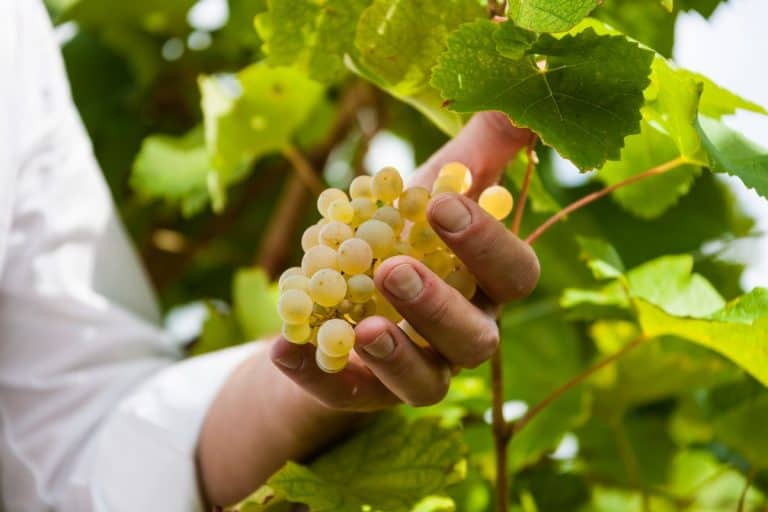 Prosecco Superiore: the 8 best selected by Gambero Rosso
Prosecco Superiore: the 8 best selected by Gambero Rosso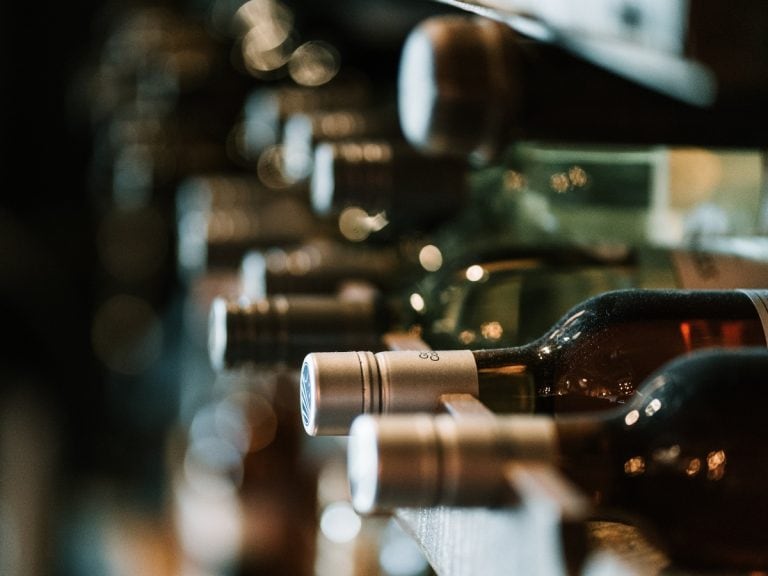 Italian wineries face rising debts and falling revenues as wine industry grapples with economic uncertainty
Italian wineries face rising debts and falling revenues as wine industry grapples with economic uncertainty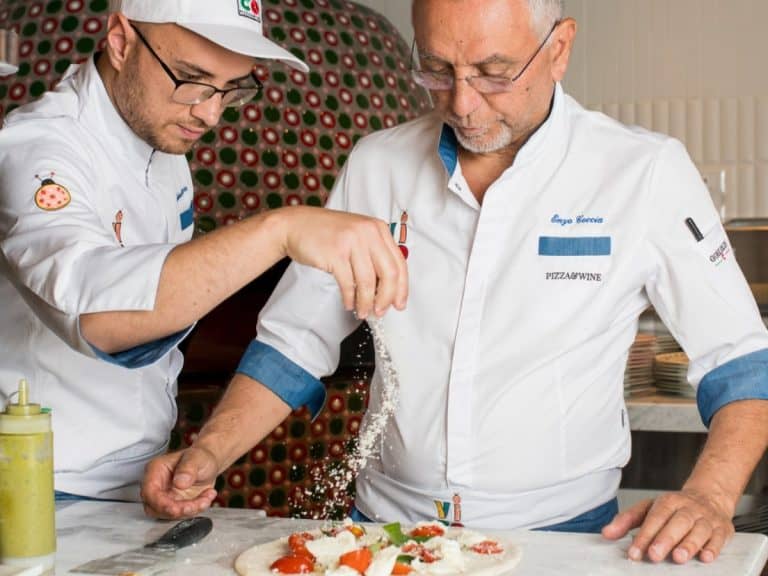 Enzo Coccia leaves Rome for an ambitious project in the United States: "but La Notizia stays"
Enzo Coccia leaves Rome for an ambitious project in the United States: "but La Notizia stays"


